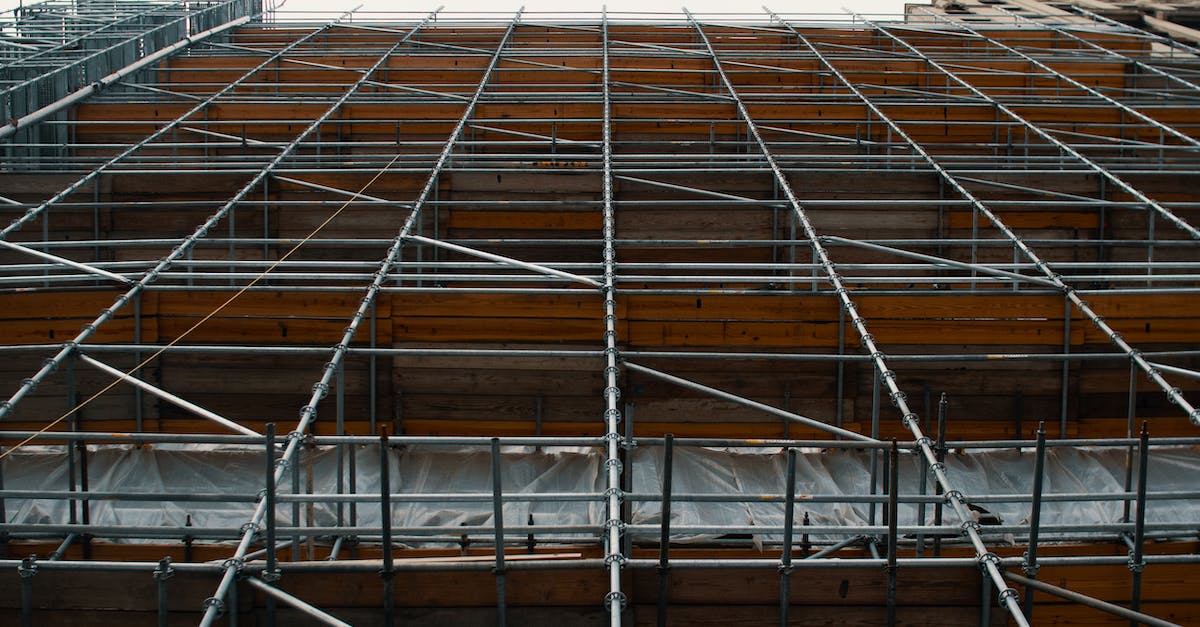Looking to jump into the world of hydroponics? We’ve got you covered with a step-by-step guide on how to build a DWC hydroponic system.
Whether you’re a seasoned grower or a beginner looking to cultivate fresh produce at home, this article will walk you through the process with ease.
From selecting the right materials to optimizing nutrient delivery, we’ll investigate all the important components needed to set up your own DWC hydroponic system. With our expert tips and detailed instructions, you’ll be on your way to growing thriving plants in no time. Let’s unlock the secrets of DWC hydroponics together and take your gardening skills to the next level.
Key Takeaways
- Selecting the right materials such as a lightproof container, reliable air pump, quality air stones, and suitable net pots is crucial for building a successful DWC hydroponic system.
- Maintain a clean reservoir filled with nutrient solution and properly oxygenated with an air stone connected to an air pump to promote healthy plant growth.
- Proper installation of the air pump and air stone above the water level is essential to ensure efficient oxygenation of the nutrient solution.
- Choose a suitable growing medium like clay pellets or rockwool cubes, and ensure the plant roots are in direct contact with the nutrient solution for optimal nutrient uptake.
- Regularly monitor and adjust the pH levels (ideally between 5.5 and 6.5) and nutrient levels in the reservoir to support the well-being and growth of the plants in the DWC hydroponic system.

Choosing the Right Materials
When building a DWC hydroponic system, selecting the correct materials is critical for its success. Here’s what we need to consider:
- Container: Choose a lightproof and opaque container to prevent algae growth.
- Air pump: Select a durable and reliable air pump to provide oxygen to the roots.
- Air stones: Opt for quality air stones to ensure proper oxygenation of the nutrient solution.
- Net pots: Use the right size net pots for your plants to allow proper root growth.
- When selecting materials, ensure they are durable and suitable for hydroponic systems.
For more information on choosing the right materials for your DWC hydroponic system, check out this guide on hydroponic container selection and how to choose air pumps.
Setting Up the Reservoir
When setting up the reservoir for your DWC hydroponic system, ensure it’s clean to prevent algae growth. Fill it with nutrient solution, leaving some space for oxygen. Place an air stone connected to an air pump to oxygenate the water. Position the net pots so plants can grow into the solution. After all to check the water level regularly to maintain optimal conditions. For further guidance on setting up hydroponic reservoirs, refer to this Hydroponic Reservoir Guide. Additionally, for tips on choosing the right air stones, visit this Air Stones Selection Guide.

Installing the Air Pump and Air Stone
When setting up a DWC hydroponic system, proper installation of the air pump and air stone is critical for oxygenating the nutrient solution. Here’s how we do it:
- Connect the air stone: Attach one end of the air tube to the air pump outlet, and the other end to the air stone. Place the air stone at the bottom of the reservoir.
- Positioning the air pump: Keep the air pump above the water level to prevent water from flowing back and damaging the pump.
After all, a well-oxygenated nutrient solution is important for healthy plant growth. For more detailed instructions on installing the air pump and air stone, refer to our Hydroponic Reservoir Guide.
- Check out the Hydroponic Reservoir Guide for detailed instructions.
Adding the Growing Medium and Planting
Now that we have our DWC hydroponic system set up and properly oxygenated, it’s time to add the growing medium and plant our crops:
- Choose a suitable growing medium such as clay pellets or rockwool cubes.
- Fill the net pots with the chosen medium to support the plant roots.
- Place the seedlings or seeds into the growing medium within the net pots.
- Position the net pots securely in the designated holes on the top lid of the reservoir.
- Ensure the roots of the plants are in direct contact with the nutrient solution to help nutrient uptake.
For detailed guidance on selecting the right growing medium and planting techniques, you can refer to the Hydroponic Society website or the University of California Hydroponics page.

Monitoring Nutrient Levels and pH
When we build a DWC hydroponic system, monitoring nutrient levels and pH is critical for the health and growth of our plants. We recommend using a quality pH meter to check and adjust the pH of the nutrient solution regularly. pH levels should ideally be between 5.5 and 6.5 for optimal nutrient uptake.
Plus, regularly check the nutrient levels in the reservoir. Ensure to top up with the appropriate nutrient solution to maintain the correct levels for our plants to thrive. Over time, plants will absorb nutrients, so regular monitoring and adjustment are important for their well-being.
For more information on nutrient management in hydroponic systems, you can visit the Hydroponic Society website and the University of California Hydroponics page.
